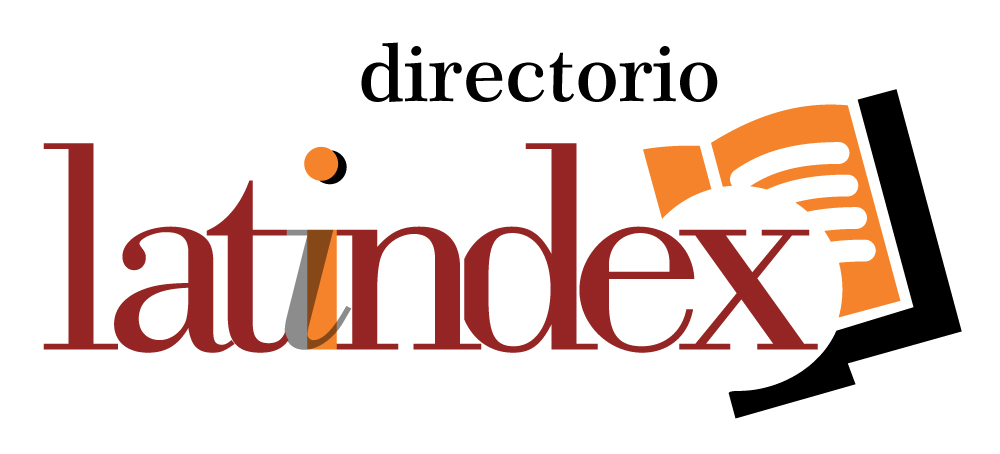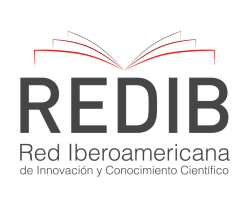Enfoque Anestésico Durante Intervenciones Quirúrgicas en Pacientes con Epilepsia
Resumen
La epilepsia es una enfermedad neurológica crónica, con una frecuencia alta, un costo elevado y representando un problema de salud pública sobre todo la epilepsia farmacorresistente; los que son candidatos para un abordaje quirúrgico, la cirugia de resección tiene como objetivo la resección de la mayor cantidad de tejido epileptógeno con la mayor conservación de tejido sano; debido a que se debe hacer este reconocimiento se hace uso de métodos radiológicos y la electrocorticografía usando el protocolo dormido-despierto-dormido lo que supone de un reto para el anestesiólogo y su elección en el uso de drogas apropiadas para todos los tiempos quirúrgicos.
Descargas
Citas
Blumcke, I., Spreafico, R., Haaker, G., Coras, R., Kobow, K., Bien, C., . . . Consortium, E. (2017). Histopathological Findings in Brain Tissue Obtained during Epilepsy Surgery. The New England journal of medicine, 377(17), 1648-1656. doi:
https://doi.org/10.1056/NEJMoa1703784
Carter, E., & Adapa, R. (2014). Adult epilepsy and anaesthesia. BJA Education, 15(3), 111-117. doi: https://doi.org/10.1093/bjaceaccp/mku014
Chui, J., Manninen, P., Valiante, T., & Venkatraghavan, L. (2013). The anesthetic considerations of intraoperative electrocorticography during epilepsy surgery. Anesthesia and analgesia, 117(2), 479-486. doi: https://doi.org/10.1213/ANE.0b013e318297390c
Elliott, R., Morsi, A., Kalhorn, S., Marcus, J., Sellin, J., Kang, M., . . . Doyle, W. (2011). Vagus nerve stimulation in 436 consecutive patients with treatment-resistant epilepsy: long-term outcomes and predictors of response. Epilepsy & behavior, 20(1), 57-63. doi:
https://doi.org/10.1016/j.yebeh.2010.10.017
Fernández, I., & Loddenkemper, T. (2013). Electrocorticography for seizure foci mapping in epilepsy surgery. Journal of clinical neurophysiology : official publication of the American Electroencephalographic Society, 30(6), 554-570. doi:
https://doi.org/10.1097/01.wnp.0000436898.10125.70
Hodelín, E., Quintanal, N., Morales, L., Hernández, Z., Abreu, & A. (2021). Apuntes sobre la cirugía de la epilepsia farmacorresistente. Anales de la Academia de Ciencias de Cuba, 11(3). Obtenido de
http://scielo.sld.cu/scielo.php?script=sci_arttext&pid=S2304-01062021000300026&lng=es&tlng=es.
Holst, A. G., Nielsen, J., Rasmussen, P., Haunsø, S., Sabers, A., Uldall, P., & Tfelt-Hansen, J. (2013). Epilepsy and risk of death and sudden unexpected death in the young: a nationwide study. Epilepsia, 54(9), 1613-1620. doi: https://doi.org/10.1111/epi.12328
Janecek, J., Swanson, S., Sabsevitz, D., Hammeke, T., Raghavan, M., Mueller, W., & Binder, J. (2013). Naming outcome prediction in patients with discordant Wada and fMRI language lateralization. Epilepsy & behavior, 27(2), 399-403. doi: https://doi.org/10.1016/j.yebeh.2013.02.030
Katz, Y., Weizman, A., Pick, C., Pasternak, G., Liu, L., Fonia, O., & Gavish, M. (1994). Interactions between laudanosine, GABA, and opioid subtype receptors: implication for laudanosine seizure activity. Brain research, 646(2), 235-241. doi: https://doi.org/10.1016/0006-8993(94)90084-1
Levin, D., Strantzas, S., & Steinberg, B. (2019). Intraoperative neuromonitoring in paediatric spinal surgery. BJA education, 19(5), 165-171. doi: https://doi.org/10.1016/j.bjae.2019.01.007
Mulatinho, M., Araújo, E., & Evaristo, P. (2011). Epilepsia y Anestesia. Rev Bras Anestesiol, 61(2), 124-136. Obtenido de
https://www.scielo.br/j/rba/a/Vbn6JMDKWgRFT6fpSxgC8mp/?format=pdf&lang=es
Ng, M., Kilbride, R., Simon, M., Eskandar, E., & Cole, A. (2016). Hippocampography Guides Consistent Mesial Resections in Neocortical Temporal Lobe Epilepsy. Epilepsy research and treatmen. doi: https://doi.org/10.1155/2016/3581358
Ngugi, A., Kariuki, S., Bottomley, C., Kleinschmidt, I., Sander, J., & Newton, C. (2011). Incidence of epilepsy: a systematic review and meta-analysis. Neurology, 77(10), 1005-1012. doi: https://doi.org/10.1212/WNL.0b013e31822cfc90
Robel, S. (2017). Astroglial Scarring and Seizures: A Cell Biological Perspective on Epilepsy. The Neuroscientist : a review journal bringing neurobiology, neurology and psychiatry, 23(2), 152-168. doi: https://doi.org/10.1177/1073858416645498
Rojas, I., Cárdenas, M., Cruz, E., Velasco, H., Navarro, J., & Taylor, M. (2020). The role of the anesthesiologist in epilepsy surgery|. Anales Médicos, 65(3), 214-223. doi:10.35366/95679
Sarikaya, I. (2015). PET studies in epilepsy. American journal of nuclear medicine and molecular imaging, 5(5), 416-430. Obtenido de
https://www.ncbi.nlm.nih.gov/pmc/articles/PMC4620171/
Schmidt, R., Wu, C., Lang, M., Soni, P., Williams, K., Boorman, D., . . . Sharan, A. (2016). Complications of subdural and depth electrodes in 269 patients undergoing 317 procedures for invasive monitoring in epilepsy. Epilepsia, 57(10), 1697-1708. doi:
https://doi.org/10.1111/epi.13503
Sierra, K., Miñaca, D., & Galarza, I. (2016). Consideraciones prácticas sobre epilepsia y manejo anestésico. Revista Eugenio Espejo, 10(2), 78-90. doi: https://doi.org/10.37135/ee.004.01.09
Uribe, A., Zuleta-Alarcon, A., Kassem, M., Sandhu, G., & Bergese, S. (2017). Intraoperative Seizures: Anesthetic and Antiepileptic Drugs. Current pharmaceutical design, 23(42), 6524-6532. doi: https://doi.org/10.2174/1381612823666171024154026
Von Oertzen, T. (2018). PET and ictal SPECT can be helpful for localizing epileptic foci. Current opinion in neurology, 31(2), 184-194. doi: https://doi.org/10.1097/WCO.0000000000000527
Von Oertzen, T., Mormann, F., Urbach, H., Reichmann, K., Koenig, R., Clusmann, H., . . . Elger, C. (2011). Prospective use of subtraction ictal SPECT coregistered to MRI (SISCOM) in presurgical evaluation of epilepsy. Epilepsia, 52(12), 2239-2248. doi:
https://doi.org/10.1111/j.1528-1167.2011.03219.x
Wang, X., Wang, T., Tian, Z., Brogan, D., Li, J., & Ma, Y. (2016). Asleep-awake-asleep regimen for epilepsy surgery: a prospective study of target-controlled infusion versus manually controlled infusion technique. Journal of clinical anesthesia, 32, 92-100. doi:
https://doi.org/10.1016/j.jclinane.2015.11.014
Yang, T., Hakimian, S., & Schwartz, T. (2014). Intraoperative ElectroCorticoGraphy (ECog): indications, techniques, and utility in epilepsy surgery. Epileptic disorders : international epilepsy journal with videotape, 16(3), 217-279. doi: https://doi.org/10.1684/epd.2014.0675
Derechos de autor 2024 Jacqueline Liliana Avila Clavijo, Sergio Steven Saenz Alvarez , Ana Belen Oyola Garcia, Enrique Gonzalo Duran Huacon , Cristian Eduardo Santin Santin

Esta obra está bajo licencia internacional Creative Commons Reconocimiento 4.0.











.png)




















.png)
1.png)


